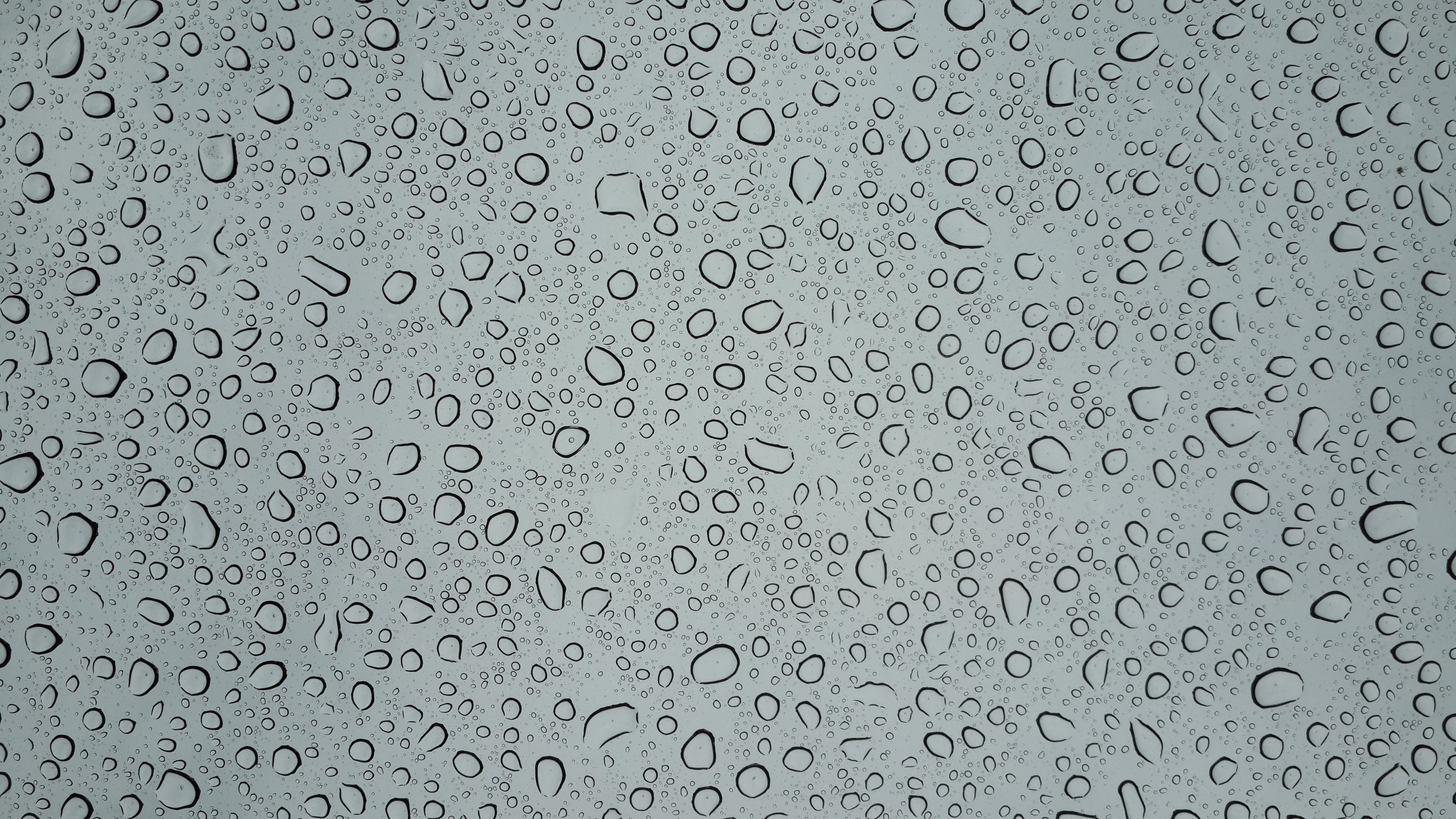Mix together the following ingredients—a little silicon, some boron, a smidge of carbon, a pinch of nitrogen and a dollop of hydrogen—and you might invent a liquid polymer that can transform into a ceramic with valuable thermal, optical and electronic properties.
Gurpreet Singh, associate professor of mechanical and nuclear engineering at Kansas State University, did exactly that,
creating a polymer with possible uses in ceramic textiles, improved jet engine blades, 3-D printed ceramics and better batteries.
Singh is the lead inventor of the recent patent, "Boron-modified silazanes for synthesis of SiBNC ceramics." Romil Bhandavat, a doctoral graduate in mechanical engineering, is a co-inventor of the clear polymer. Unlike some other silicon- and boron-containing polymers, Singh and Bhandavat's polymer looks like water and also has the same density and viscosity.
"We have created a liquid that remains a liquid at room temperature and has a longer shelf life than other SiBNC polymers," Singh says. "But when you heat our polymer, it undergoes a liquid to solid transition. This transparent liquid polymer can transform into a very black, glasslike ceramic."
The ability of ceramics to withstand extreme temperatures makes them useful in a variety of materials, including jet engines, high-temperature furnaces, and space exploration materials.
UNIQUE, STABLE STRUCTURE AT HIGH TEMPERATURES
The ceramic derived from this polymer has a random structure that is generally not seen in traditional ceramics. The silicon in the ceramic bonds to nitrogen and carbon but not boron; boron bonds to nitrogen but not carbon; and carbon bonds to another carbon to form graphene-like strings. This unique structure provides stability at high temperature by delaying reaction with oxygen. The ceramic derived from this polymer can survive extreme temperatures, some as high as 1,700 degrees Celsius.
According to Singh, the preceramic polymer has several key properties. Because of its liquid material, the polymer can create lightweight ceramics instead of typical heavy ceramics. And it's scalable, too, so it can be mass-produced in grams or kilograms.
Yet the ceramic has a mass density three to six times lower than that of other ultrahigh-temperature ceramics, such as zirconium boride and hafnium carbide. The polymer can make ceramic fibers. If the polymer is heated to about 50 to 100 degrees Celsius, it becomes a gel similar to syrup or honey. In this gel state, the polymer can be pulled into strings or fibers to create ceramic textiles or ceramic mesh.
Also, because the polymer is a liquid, it can be applied as a spray or used as a paint to make ceramic coatings. The ceramic can protect materials underneath or can create more efficient machinery in high-temperature environments such as steam turbines or jet engine blades. The polymer also may have application in 3-D printing of ceramic parts using a benchtop SLA printer.
But there’s more, too: when combined with carbon nanotubes, the polymer can create a black material that absorbs all light—even ultraviolet and infrared light—without being damaged. The combined nanomaterial can withstand extreme heat of 15,000 watts per square centimeter, or about 10 times more heat than a rocket nozzle.
"This polymer is a useful material that really works," Singh said. "Of all the materials that we have researched in the last five years, this material is the most promising. Now we can think of using ceramics where you could never even imagine."
According to
BCC Research, the global market for thermal barrier coatings totaled $834.9 million in 2016 and should total nearly $1.1 billion in 2021 at a five-year compound annual growth rate (CAGR) of 5.6%, through 2021.




